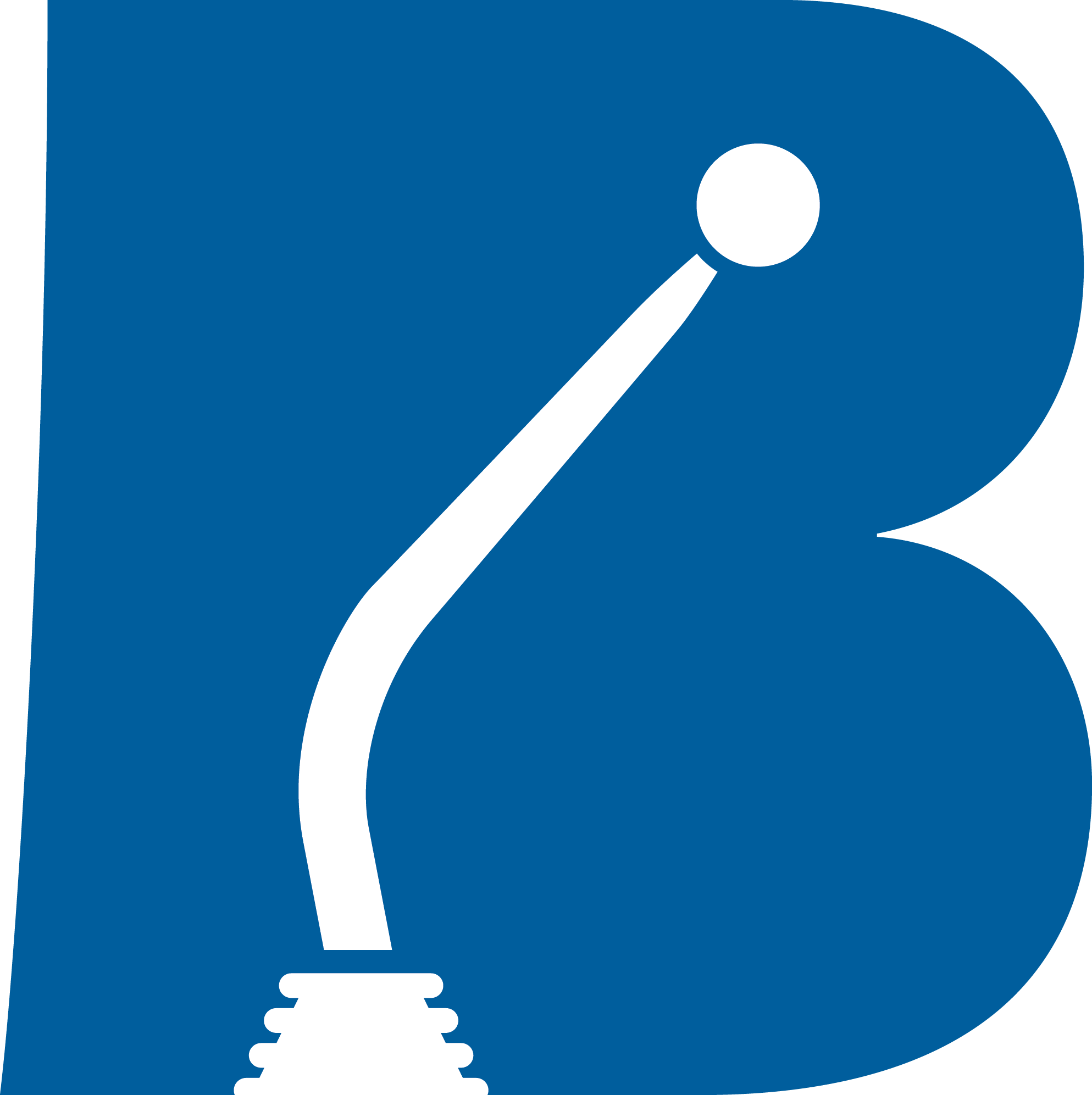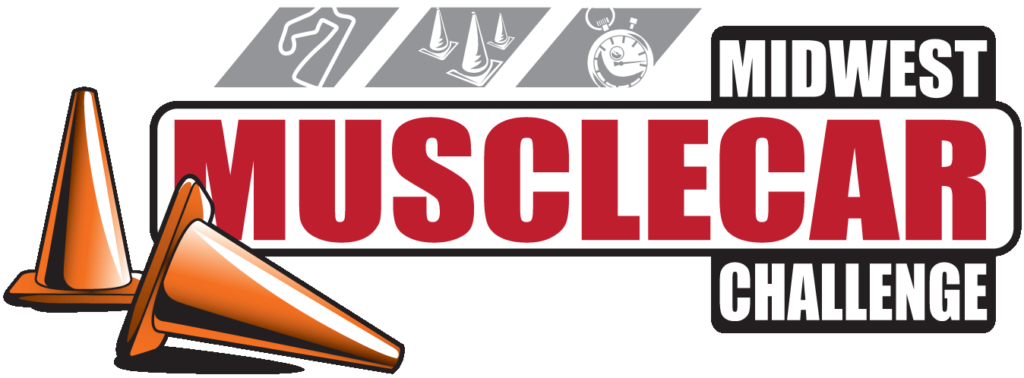The last 60 years of hot rodding has experienced a wide variety of engine combinations that can be used to power your project. The choices between big blocks, small blocks, Y blocks, Hemi, LS, Cleveland, and Windsor can be a little mind-boggling sometimes, but typically we all have our favorite that we wouldn’t trade for anything. The big three automakers all had dreams and visions of what would make the ultimate power plant to propel their cars and trucks down the road. Some were revolutionary and some were better suited as boat anchors. Regardless of which engine is your favorite, it’s important to know how your engine is set up to work with the wide variety of transmissions available today. One of the biggest challenges you may face is learning exactly how your engine balance is set up to ensure that the correct flywheel or flex plate is bolted on the first time. Some of you may be thinking that this seems pretty elementary, but you’re not alone if you just aren’t 100% sure of what you’re working with.

The focus of this article will be on the more popular V8 applications you see used in abundance throughout hot rodding. If you have something you don’t see listed here, there will likely be a little more research to be done in determining whether or not you’d need a custom-built flywheel or flex plate to accommodate your chosen combination. In addition to the importance of engine balance there are two other important factors to consider: your crank flange bolt pattern/sealing arrangement, and your ring gear tooth count. These are the critical elements to making sure you are able to properly attach your engine to your chosen transmission.

Each engine family has its own specific set-up, so the critical first piece of information is knowing exactly which engine you’ll be using. This is especially important because not everyone refers to things the same way. Two engines might both be part of the “small block” family, but are completely different when it comes to which flex plate or flywheel they use. You’ll want to gather as much possible information as you can before you set out on your parts-gathering journey, so that you can find the right parts in one trip!

Let’s begin with the GM stuff, since those are fairly common and popular engines used in the hot rod community. The crank flange bolt patterns of Gen I (two-piece rear main seal), Gen II (one-piece rear main seal), and Gen III, IV, V (LS style) are all different and will not permit any interchange between them. These bolt patterns became successively smaller with each generation. Gen I and Gen II Chevy engines featured two available diameters of flywheels / flex plates and two corresponding tooth counts of 153 and 168. Gen III, IV, V LS/LT series engines feature only the large diameter, 168 tooth flywheels and flex plates, but carry either a 6, 8, or 9 bolt crank flange.
Early GM(Chevrolet) Small Block Engines
- Built from 1955-1985
- Displacements were 265c.i. up to 400c.i.
- 2pc rear main seal design crank shaft with 6 bolt flange
- 153 tooth and 168 tooth ring gears- many of the factory bellhousings will only accept the 157 tooth size, typically the aftermarket bellhousings will accept both sizes. In many cases if you’re changing from one size to the other you will also need a new starter that is paired for that ring gear
- All had an internal or “0” balance
Late GM Small Block Engines
- Built from 1986-2003 for factory vehicles, still available through GM’s crate engine program
- Displacements were limited to 305c.i. or 350c.i. (the L99 262c.i. was a rare exception)
- 1 pc rear main seal design crank shaft with 6 bolt flange
- 153 tooth and 168 tooth ring gears- many of the factory bellhousings will only accept the 157 tooth size, typically the aftermarket bellhousings will accept both sizes. In many cases if you’re changing from one size to the other you will also need a new starter that is paired for that ring gear
- Engines will be either internally or externally balanced with the external balance being most common
The GM (Chevrolet) Big Blocks
- The early 454c.i. design used a 2pc rear main seal and had its own specific balance
- The later (after 1990 or Gen V) 454/502 c.i. engines were all 1 pc rear main seal and externally balanced
- All other big block displacements used a 2pc rear main seal, internal or “0” balance, and 168 tooth ring gear. They will accept the same flywheel/flex plate as the early small block engine
LS/LT series engines 1997-present (Gen 3, 4, & 5)
- All engines use a 168 tooth ring gear
- All engines are internally balanced
- LS1,2,3,6,7 have 6 bolt crank flange bolt pattern
- LSA, LSX (aftermarket), and the new LT1 & LT4 engines have 8 bolt crank flange pattern
- LS9 use a special 9 bolt crank flange pattern
- Early 4.8L & 6.0L LS engines have an extended crank flange that requires a specific flywheel/flex plate
The second engine group to go over is the Ford produced V8s. This is where you have to be very careful of engine balance since Ford used three different balances. Many aftermarket stroker kits will carry their own balance that is different from the original.
Ford Small Block Engines
- Use either 157 tooth or 164 tooth ring gear
- 221ci 1962–1963 28.2 oz-in
- 255ci 1979–1982 50 oz-in
- 260ci 1962–1964 28.2 oz-in
- 289ci 1963–1968 28.2 oz-in
- 302ci 1968–1980 28.2 oz-in
- Boss 302ci 1969-1970 28.2 oz-in
- 302ci 1981–2001 50 oz-in
- 351W (Windsor)1969–1997 28.2 oz-in
- 351C (Cleveland)1970–1974 28.2 oz-in
- Use a 6 bolt crank flange
Ford FE & Y Block engines
- FE blocks were built from 1958-1976
- Unique crank flange bolt pattern and balance
- 184 tooth ring gear
Ford Big Block Engines
- Came in displacements of 370, 429, & 460c.i.
- Also referred to as the 385 series of engines sold between 1968 – 1997
- Uses a 176 tooth ring gear
- All are internally balanced
Ford Modular & Coyote Engines
- Built from 1990-present
- Check for 6 or 8 bolt crank flange
- Will be 4.6L, 5.0L, 5.4L common displacements
- There was one variation for the Mustang Shelby GT500 at 5.8Lthat will be different than the others
- all are internally balanced
- 164 tooth ring gear
The Chrysler/Dodge/Mopar engine groups aren’t as varied, but will each need to be checked for their individual set up.
Mopar Small /Big Block and Early Gen1&2 Hemi Engines
- Check for 6 or 8 bolt crank flange
- 130 tooth ring gear for most, some bigger displacements may use 143 tooth
- Will need to check for internal or external balance
- Engines mated to automatics from the factory are not machined for a standard Mopar pilot bushing, will require special bronze bushing to run manual transmission.
Mopar Gen 3 Hemi
- This covers the 5.7, 6.1 , & 6.4L engines
- Will have an 8 bolt crank flange
- Internally balanced
- 130 tooth ring gear
- Caution: some engines have a flush ring gear mount and others are offset by .850” from the factory. If incorrect set up is used the starter will not engage properly
Flywheels and Flexplates For Hot Rod Transmissions
If you have more questions about the state of your engine rebuild or which flexplates and flywheels you need, don’t hesitate to check out our site or reach out to our experts! Here at Bowler Performance, we can help you identify and achieve the next steps of your hot rod transmission dreams. Contact us today!


